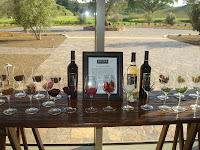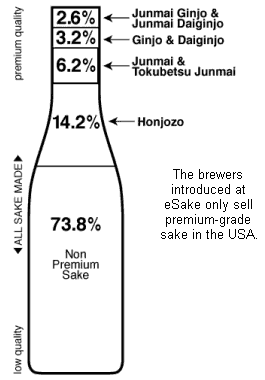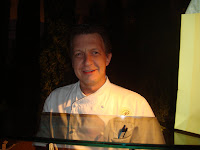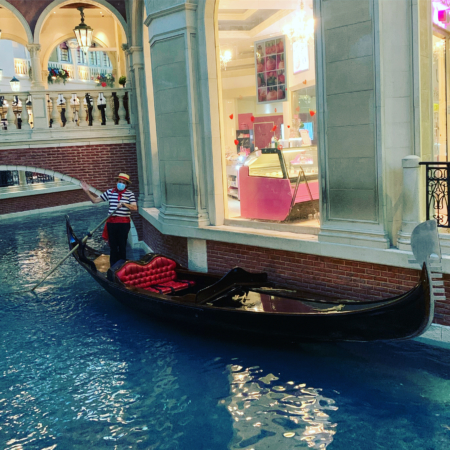

It is not often that we can see a winery "born" and be able to follow their progress over the years from literally "the ground up ". VINO LAS pre-view of one of the newest wineries in the central coast before the big public opening. NINER Wine Estates in Paso Robles , California.
After nearly ten years of planning, preparing, and just plain hard work , the newest addition to Paso Robles’ west side wine community will open May 1st to the public.
Construction began for the elegant stone barn tasting room and state-of-the-art gravity flow winery on the Heart Hill property on the west side of Paso Robles on seventy acres of vines surrounding the winery with the first phase beginning in the spring of 2007.
The inaugural vintage was released in January of 2006. Varietals currently include Sauvignon blanc, Barbera Rosato, Barbera, Sangiovese, Syrah, Merlot, Cabernet Sauvignon, Petite Sirah, an Italian blend and a proprietary red blend called Fog Catcher.
Dick Niner had the vision of this state of the art facility over many years. He investigated buying several vineyards and wineries, both for himself and other investors and came to realize the potential of Paso Robles as a perfect environment for growing premium grapes and making fine wines.With growing conditions almost identical to the Napa Valley, ample water in many areas, and desirable soils, Paso Robles presented a unique opportunity for him to finally invest in the wine industry. When the property Bootjack Ranch came on the market in early 2001, Dick jumped at the chance to buy it and two years later brought the Heart Hill property . Combined they represent over 360 acres, of which 125 are now planted to 11 varietals. An additional 85 acres available for future planting.
Niner signed on legendary winemaker Chuck Ortman to advise, consult, and get the first vintage started and then hired Amanda Cramer in 2004 as full-time winemaker.


A native of New Hampshire, in 1997 Amanda Cramer left a teaching post in Washington DC to pursue her interests in wine. Amanda’s background in mathematics and chemistry provided solid preparation for the road ahead.
She enrolled at UC Davis and studied enology and viticulture. She gained hands-on experience as a harvest cellar intern at Far Niente Winery in Oakville while still a student. When asked about her life-changing decision to launch a career in winemaking, she replied , “I fell in love with the very idea of winemaking – the interconnection between agriculture, chemistry and artistry. And the fact that winegrowing regions are the most beautiful places in the world is certainly a plus!”
After Davis, Amanda spent the next three years working at wineries, in three of the world’s most recognized growing regions. She worked harvests at Chimney Rock and Robert Mondavi Wineries in Napa Valley, California; D’Arenberg Wines in McLaren Vale, South Australia; and even at Casa Lapostolle in Santa Cruz, Chile.
In 2002, Amanda returned to California to a post as Assistant Winemaker at the esteemed Paradigm Winery in Oakville. Working under the direction of legendary winemaker Heidi Barrett, her responsibilities included production, cellar and lab duties, as well as vineyard sampling for this 5,000 case, ultra-premium winery. With Barrett’s guidance, Cramer polished her skills on Bordeaux varieties.


Inspired by the quality of the region and an opportunity to work with Central Coast winemaking pioneer Chuck Ortman, Amanda moved to Paso Robles to assume the role of Winemaker at Niner Wine Estates.
“Given the opportunity to help build a winery from the ground up in this attractive region that is on the rise, I simply couldn't’t pass it up” she said. Amanda oversees all winemaking operations and crafts wines that demonstrate the diversity and elegance that many wines Paso Robles provide.


Amanda gave us a tour of this state of the art facility. We have been into many wineries over the years but walking in to Amanda's winery was like walking into a pristine NASA facility.

Starting at the top floor where the picking bins arrive during harvest she explained the process of how this gravity fed facility works. We proceed our way down to the next floors walking by the large stainless steel tanks that shined like mirrors. Next stop was the barrel room where these lovely wines age in French Oak.

Owner Dick Niner took over and showed off the vineyard which provided us a wonderful experience to see row after row of perfectly aligned newly planted vines. Nick also explain that even the water is processed by gravity and filtered every set up the way with natural plant filters.
From our location high in the vineyard we could see our next stop which was their newly finished Hospitality Center and looked forward to sampling some of these great wines and another tour.


The Hospitality Center houses not only the Niner Wine Estates tasting room, but a generous demonstration kitchen and boutique winery as well.
Education is a major tenet of the Niner Wine Estates vision. Rick Toyota told us the winery will begin offering wine and culinary programs as early as this summer and these will be some of the first ever for the Central Coast.
The courses will cover a wide range of subjects in varying formats, from hour-long sessions to more extensive multiple-day programs by the end of the year. Classes will be presented by the Niner Wine Estates’ own in-house wine education staff, lead by Rick as well as visiting chefs and leading experts which are sure to line up to cook in this beautiful kitchen.

By design, the rustically elegant stone barn Hospitality Center is as aesthetically conscious as it is eco-conscious.
Designer Anne Fortini’s tasteful interiors reflect and accentuate the beauty of the winery’s surroundings, while Mr. Niner, Ms. Cramer and architect Tim Woodle have designed Niner Wine Estates to be the first winery on the Central Coast to meet LEED certification standards through the U.S. Green Building Council, with final certification to be awarded in a matter of months.
Constructed and positioned to emphasize the allure of Paso Robles wine country, the Hospitality Center’s expansive windows frame a view of “Heart Hill,” the iconic heart-shaped design of oak trees once owned by brothers Claude and Clyde Booker.


Niner Wine Estates is the vision of Dick Niner, who believes that a blend of exceptional people, vineyards, tools, and ideas is the key to creating world-class wines and providing a one-of-a-kind experience in the heart of Paso Robles wine country.
Since its founding in 2001, Niner Wine Estates’ list of award-winning wines has grown to include Bordeaux, Rhone and Italian varietals, including their flagship Bordeaux blend, “Fog Catcher.” This independent, family-owned company is truly dedicated to making exceptional wines by combining the best of traditional winemaking methods as it employs cutting-edge technologies.
In the LEED-certified winery, winemaker Amanda Cramer will continue to use estate-grown fruit from the Bootjack Ranch and Heart Hill Vineyard into wines that express their true varietal correctness with every sip. We look forward to visiting NINER as often as we can to watch this one of a kind project in the Central Coast grow into prominence.













































